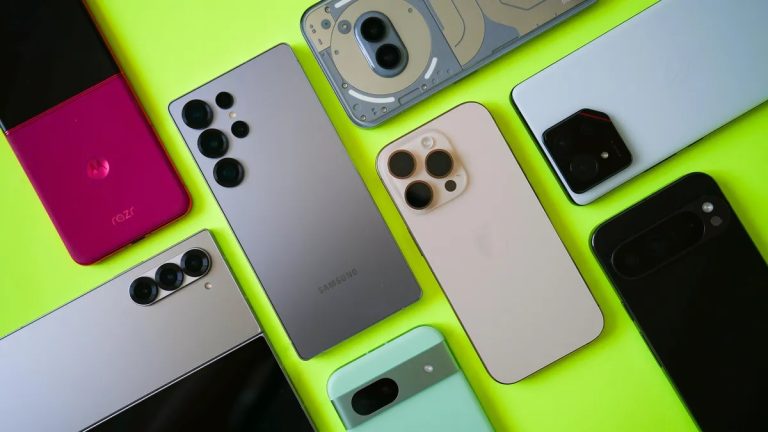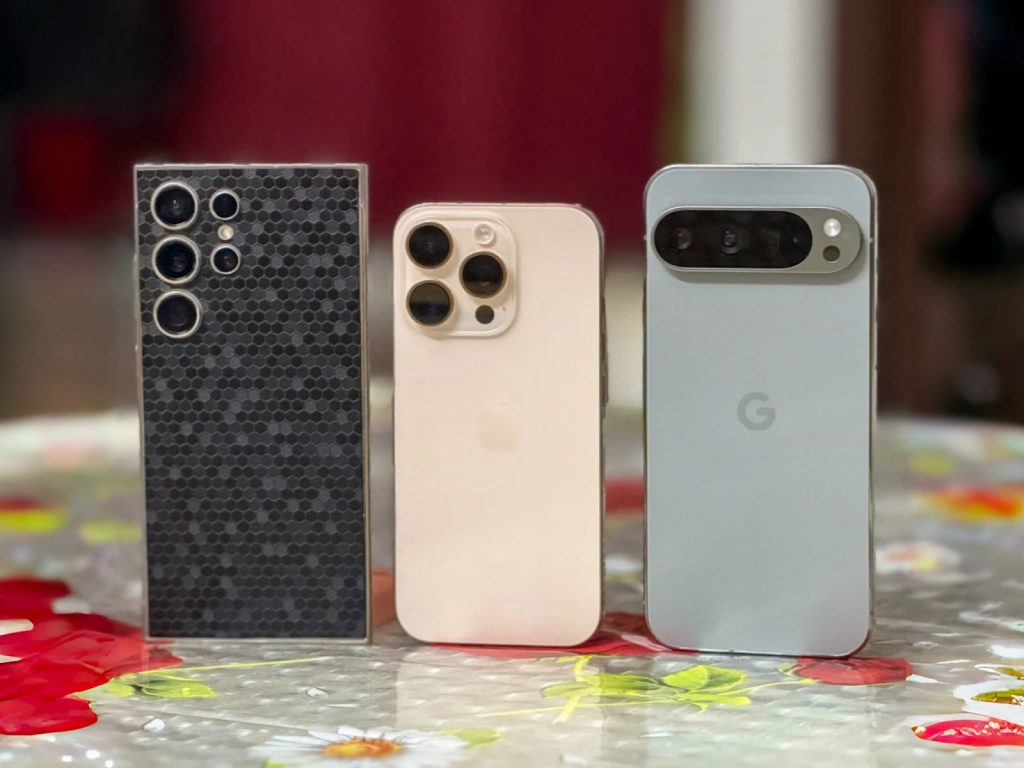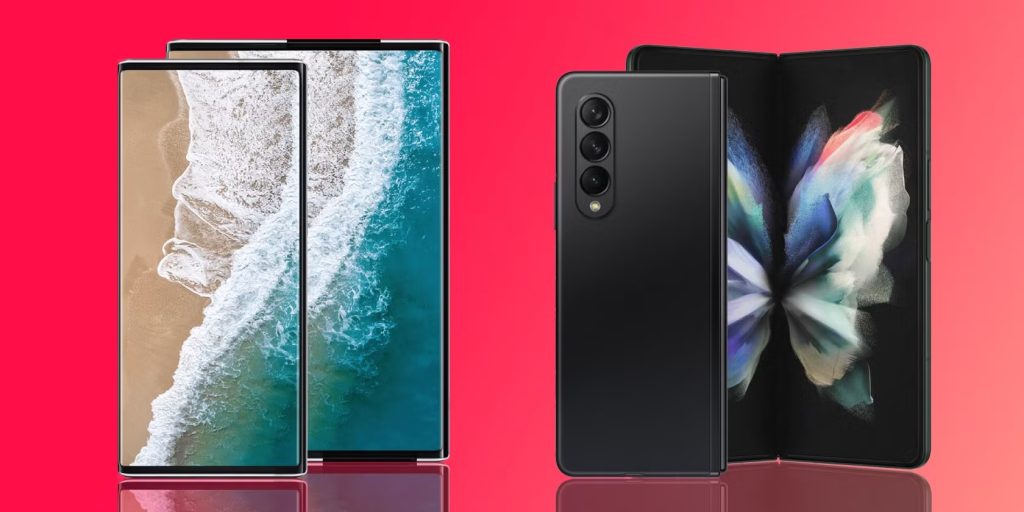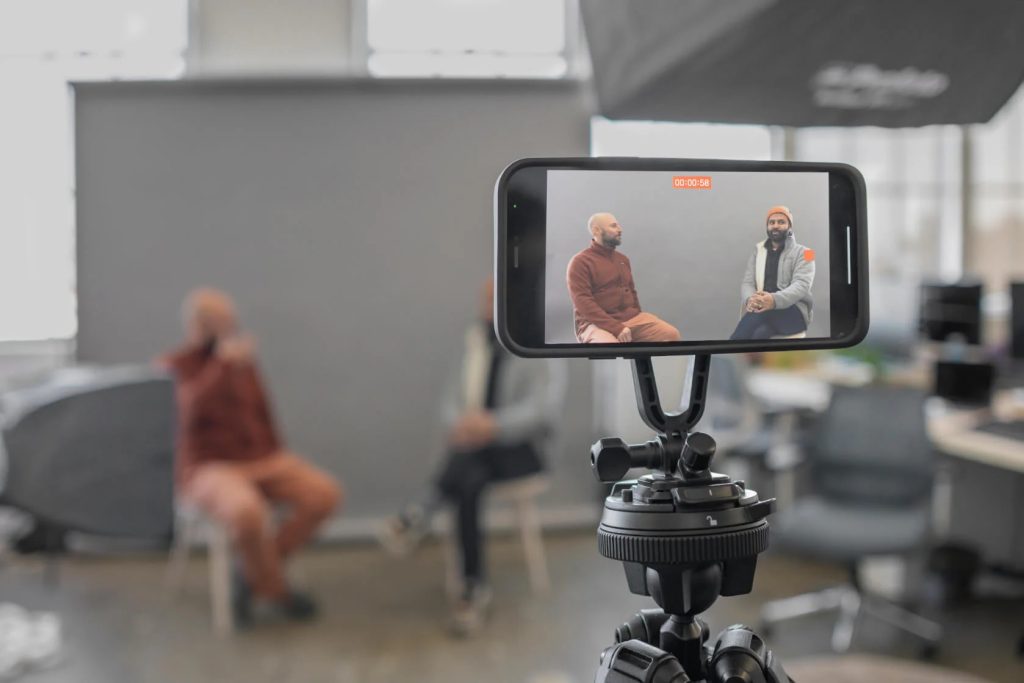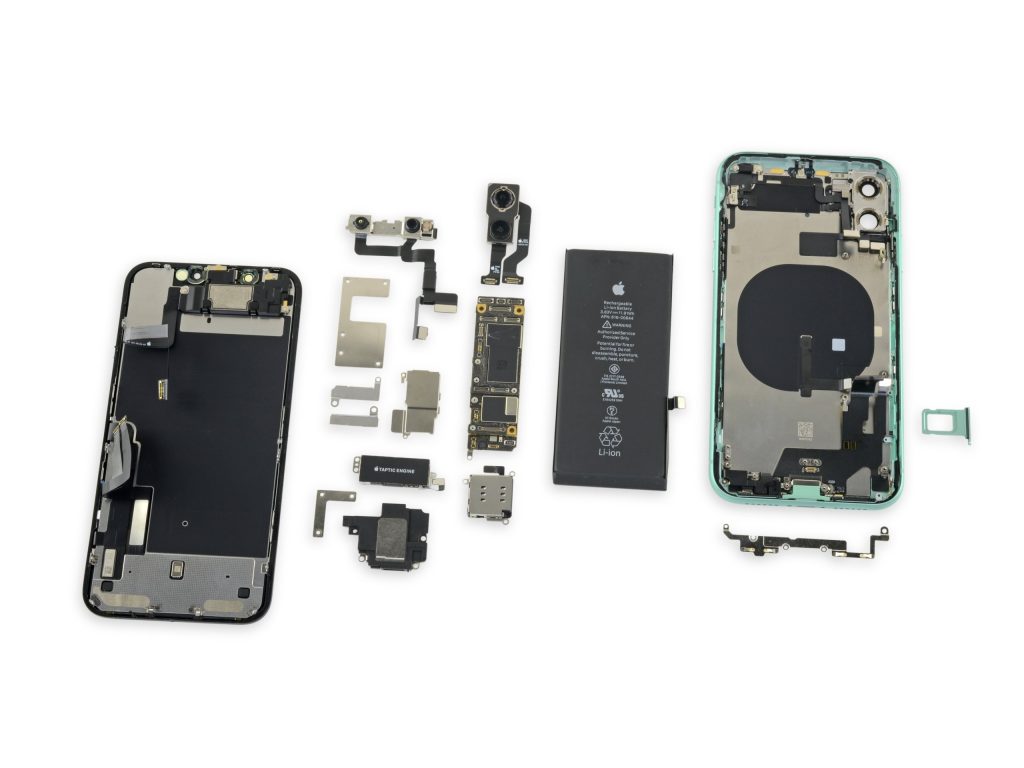Why buying a smartphone in 2025 feels different
Buying a phone in 2025 is not like it was a few years ago. The days of simply choosing between iPhone and Android are long gone. Now you’re faced with AI-first devices, foldables, rollables, modular phones, ultra-premium flagships, and surprisingly powerful budget models.
It’s exciting—but also overwhelming. Should you stick with a trusted flagship? Try the new AI-native designs? Or save hundreds with a mid-range device that still does 90% of what a $1,200 phone can do?
This guide helps you cut through the noise. We’ll compare the top smartphone categories of 2025, highlight standout models, and explain what each means for your daily life—whether you’re a gamer, creator, budget shopper, or just someone who wants a device that “just works.”
Interestingly, tech acquisitions 2025 have also shaped this smartphone landscape. From AI-focused startups being scooped up by giants, to high-profile moves like the Google Wiz acquisition and the Salesforce Informatica deal, the ripple effects of recent tech M&A deals are clearly visible in how smartphones integrate AI and cloud services today. The biggest acquisitions in tech this year have pushed devices to become smarter, more ecosystem-driven, and more connected than ever before.
Flagship smartphones: the all-rounders
Flagships are still the safe choice for most buyers. They combine high-end performance, premium materials, and years of software updates. If you want a phone that can handle anything you throw at it—from gaming to photography to work calls—these are the ones to consider.
Top Picks (2025 Flagships):
- Apple iPhone 16 Pro / Pro Max – Best for Apple loyalists, deeply tied into the Vision Pro and Apple ecosystem.
- Samsung Galaxy S25 Ultra – A do-everything powerhouse with stylus, massive battery, and 200MP AI camera.
- Google Pixel 9 Pro XL – The “smartest” phone thanks to Gemini AI and unmatched computational photography.
Deeper comparison
- iPhone 16 Pro / Pro Max
Apple doubled down on Apple Intelligence—its AI system integrated across iOS. Expect context-aware Siri that can summarize your day, draft emails, and suggest tasks. The A19 Pro chip is blisteringly fast, and ProMotion displays now hit 120Hz across the lineup. Camera improvements center on better low-light video and spatial video integration with Vision Pro. - Samsung Galaxy S25 Ultra
Samsung’s Ultra phones are all about spec overkill—and the S25 Ultra is no exception. The new 200MP AI-enhanced camera adjusts photos before you even press the shutter. The S Pen remains a productivity edge, especially for note-takers and artists. And with 8 years of updates promised, it’s one of the most future-proof Androids. - Google Pixel 9 Pro XL
If you value software smarts over raw hardware, the Pixel wins. Google’s Gemini AI powers live translation, instant photo edits, and “suggest before you ask” features. The camera remains the industry benchmark for still photos, with astrophotography and portrait modes that feel professional. Battery life is improved thanks to new Tensor G4 efficiency cores.
Consumer Impact
- iPhone 16 Pro: Seamless Apple integration—ideal if you already own a Mac, iPad, or Watch.
- Galaxy S25 Ultra: Perfect for power users who want everything in one device.
- Pixel 9 Pro XL: Best for people who want a phone that feels like a personal AI assistant.
Foldables and rollables: phones that transform
2025 is the year foldables stop being “experimental.” Prices are coming down, hinges are more durable, and software has finally caught up to the form factor. Rollable displays, once sci-fi, are also hitting mainstream shelves.
Top Picks
- Samsung Galaxy Z Fold 7 – The productivity king, folds into a mini tablet.
- OnePlus Open 3 – A slimmer, more affordable foldable with top-tier cameras.
- Motorola Rizr Rollable – Expands vertically for streaming and multitasking.
What’s new in 2025?
- Durability: Hinge mechanisms now rated for 500,000 folds—up from 200,000 just two years ago.
- Price: Foldables still cost more, but entry points have dropped below $1,200.
- Software: Android 15 optimizations mean apps resize seamlessly between folded/unfolded states.
Consumer Impact
- Multitasking heaven: Run two apps side by side without feeling cramped.
- Tablet replacement: Perfect for travelers who want one device for work + entertainment.
- Cost tradeoff: You’ll pay more, but you might eliminate the need for a tablet.
AI-first smartphones: the new frontier
Here’s the real game-changer: phones built around AI, not apps.
Instead of just installing apps, these phones let AI assistants act as your main interface. You ask, it does. Some even downplay the home screen entirely—pushing you to interact through voice, gestures, or vision.
Top Picks
- Google Pixel 9 AI Edition – Gemini AI deeply woven into Android.
- OpenAI iO Phone – Jony Ive–designed, voice-and-vision-first device.
- Nothing Phone (AI) – A mid-range option with a quirky, AI-driven UI.
Real-world use cases
- Your phone books tickets automatically when you mention a trip.
- You chat with it like a person—no “Hey Google” required.
- It summarizes your notifications so you’re not overwhelmed.
Consumer Impact
- Proactive help: The phone anticipates your needs.
- Conversational UX: Feels more human, less mechanical.
- Privacy questions: AI-first devices collect lots of contextual data.
Best smartphones for creators
Content creation has gone mobile. If you’re into photography, video, or streaming, you need a phone that feels like a pocket studio.
Top Picks
- Sony Xperia Pro V – 1-inch sensor, external monitor support.
- iPhone 16 Pro Max – Best for video: ProRes, Dolby Vision, Spatial Video.
- Vivo X200 Pro+ – Insane zoom capabilities for mobile photography.
What sets them apart
- Sony Xperia Pro V: Truly for pros—manual controls, external mic support, even HDMI input.
- iPhone 16 Pro Max: Apple’s video pipeline is unmatched; great for YouTubers or TikTokers.
- Vivo X200 Pro+: AI-enhanced photography with up to 120x zoom—ideal for mobile photographers.
Consumer Impact
- Pro-level photos without extra gear.
- Shoot, edit, and publish videos on the same device.
- Social media creators save time with instant edits.
Gaming smartphones in 2025
Gaming phones have matured. With cloud gaming + AI optimizations, you don’t need a console anymore.
Top Picks
- ASUS ROG Phone 9 – Still the king for hardcore gamers.
- RedMagic 10 Pro – Affordable powerhouse with active cooling.
- Galaxy S25 Ultra (Gaming Mode) – A flagship that doubles as a gaming machine.
What’s new?
- Cooling systems: Built-in fans + vapor chambers keep performance stable.
- Battery monsters: 6,000–7,000 mAh batteries with 80W charging.
- Cloud-first: Full Xbox Game Pass and PlayStation Now compatibility.
Consumer Impact
- Console-level games in your pocket.
- Longer sessions without overheating.
- Play AAA titles on the go.
Best budget and mid-range smartphones
Mid-range phones in 2025 are shockingly capable. For under $500, you can get AI features, strong cameras, and years of updates.
Top Picks
- Google Pixel 9a – Budget AI + best-in-class camera.
- OnePlus Nord 5 – Flagship-like specs under $500.
- Samsung Galaxy A85 – Reliable, 5 years of updates.
Consumer Impact
- Flagship feel at half the price.
- Strong cameras for social sharing.
- Compromises on luxury design, not performance.
Eco-friendly and sustainable smartphones
With climate concerns growing, eco-smartphones are no longer niche.
Top Picks
- Fairphone 5+ – Modular, repair it yourself.
- Samsung Galaxy S25 Green Edition – Built with recycled materials.
- iPhone 16 Eco Case Bundle – Extended warranty, recycled packaging.
Consumer Impact
- Repair your phone instead of replacing it.
- Support brands cutting e-waste.
- Slightly fewer “flashy” features, more peace of mind.
The smartphone buying checklist for 2025
Before buying, ask:
- Budget: Flagships $1,200+, mid-range $400–600, budget under $300.
- Ecosystem loyalty: Apple vs Google vs Samsung vs “independent.”
- Camera needs: Casual vs pro-level.
- AI comfort: Do you want proactive AI, or keep it simple?
- Form factor: Foldable/rollable or slab?
- Longevity: 5–7 years of updates is the new standard.
- Sustainability: Is repairability important to you?
Trends shaping the 2025 smartphone market
- AI everywhere: AI assistants are now the real differentiator. Many capabilities stem directly from AI acquisitions 2025, where companies race to acquire startups building contextual AI models.
- Ecosystem lock-in: Rewards if you stay loyal, penalties if you don’t.
- Foldables go mainstream: Cheaper, more durable.
- Sustainability pressure: More recycled materials, modular designs.
- Connectivity leap: Early 6G pilots pushing faster speeds.
It’s clear that tech company acquisitions are no longer just business news—they directly impact how your next smartphone performs, which AI features it ships with, and how seamlessly it connects with your other devices.
How to future-proof your purchase
- Prioritize updates. Apple/Samsung/Google offer 7 years—crucial for longevity.
- AI performance > raw specs. A balanced chip with AI cores is better than brute force.
- Think ecosystem. If you own a Vision Pro, Apple Watch, or Samsung Galaxy Ring, stick with that brand.
- Plan resale. Apple and Samsung hold value best.
Conclusion: Which model fits your needs?
In 2025, the “best phone” depends less on specs—and more on how it fits your lifestyle.
- Everyday users: iPhone 16 Pro, Galaxy S25 Ultra, Pixel 9 Pro XL.
- Multitaskers: Galaxy Z Fold 7, OnePlus Open 3.
- AI lovers: Pixel 9 AI Edition, OpenAI iO Phone.
- Creators: iPhone 16 Pro Max, Xperia Pro V, Vivo X200 Pro+.
- Gamers: ROG Phone 9, RedMagic 10 Pro.
- Budget buyers: Pixel 9a, OnePlus Nord 5, Galaxy A85.
- Eco-conscious: Fairphone 5+, Galaxy S25 Green Edition.
The ultimate smartphone in 2025 isn’t the one with the highest megapixels or the fastest chip—it’s the one that makes your daily life smoother, more fun, and more connected. And just like the biggest acquisitions in tech shift the market overnight, the best choice for you may come down to how well a phone adapts to the future rather than just the present.
FAQs
Q1: What’s the best all-round smartphone in 2025?
A: The iPhone 16 Pro, Galaxy S25 Ultra, and Pixel 9 Pro XL cover most needs with performance, cameras, and AI.
Q2: Are foldables worth it now?
A: Yes, especially if you multitask or travel. Prices are lower, and durability has improved.
Q3: What’s different about AI-first phones?
A: They act like companions, not tools—proactively helping with tasks and conversations.
Q4: How long will my 2025 phone last?
A: Flagships should last 4–6 years, thanks to 7-year update policies.
Q5: Which phones are best for gamers?
A: ASUS ROG Phone 9 for hardcore gaming, RedMagic 10 Pro for budget gamers.
Q6: What’s the best budget phone in 2025?
A: Pixel 9a and OnePlus Nord 5 deliver near-flagship features under $500.
Q7: Should I switch ecosystems (Apple → Android, etc.)?
A: Only if you’re ready to lose ecosystem perks. Switching is easier now, but you’ll sacrifice integrations.
Q8: Do eco-friendly phones perform as well?
A: Mostly yes—Fairphone 5+ and Galaxy S25 Green Edition balance sustainability with modern features.
Q9: What’s the next big smartphone trend after AI?
A: 6G connectivity and wearable integration (like smart rings and glasses) will define 2026–27.
Q10: How do I avoid overpaying?
A: Buy last year’s flagship or a solid mid-ranger. The performance gap is smaller than ever.

